According to the government spending watchdog decisions to start construction before final designs were signed off has led to delays of between one and six years, with costs increasing by £1.3bn.
The National Audit Office looked at three Defence Nuclear Estate projects together budgeted at £2.5bn.
- MENSA: a new nuclear warhead assembly and disassembly facility, valued at £1.8bn, at Burghfield in Reading.
- Core production capability facilities: upgraded facilities, costing at least £474m, at the Rolls Royce-operated site in Raynesway, Derby
- Primary build facility: new facilities at the dockyard in Barrow-in-Furness, costing £240m to upgrade aging facilities and support improved submarine construction techniques.
Problems in the earlier and riskier stages of these projects caused delays and cost increases.
It said some of the designs may have been more costly than necessary, mainly as a result of construction starting before the requirements or designs were fully developed, and changes to the project management or commercial approach.
The way that the MoD set up the contracts also meant that it must foot the bill rather than share it with the contractors.
The NAO recognised unique challenges with the projects, including the need to comply with additional nuclear-related regulations, the limited pool of suppliers and the complexity of the designs.
But it said the MoD should have learnt more from the early stages of other nuclear infrastructure projects concluded in the UK and elsewhere.
Gareth Davies, the head of the NAO, said: “While these infrastructure projects are complex, the MoD has encountered similar challenges before in its nuclear work.
“Although it has recently introduced changes to enhance its oversight of the projects and improve its contracts with suppliers, it should have learnt earlier from past mistakes and the experience of others in the nuclear sector.
“Instead, the MoD’s failure to mitigate commercial and delivery risks early on has led to project delays and cost increases, as well as impacting its wider work.”
Similar challenges arose for the MoD in the 1980s and 1990s, as well as in American defence projects and UK civil nuclear projects, such as at Sellafield.





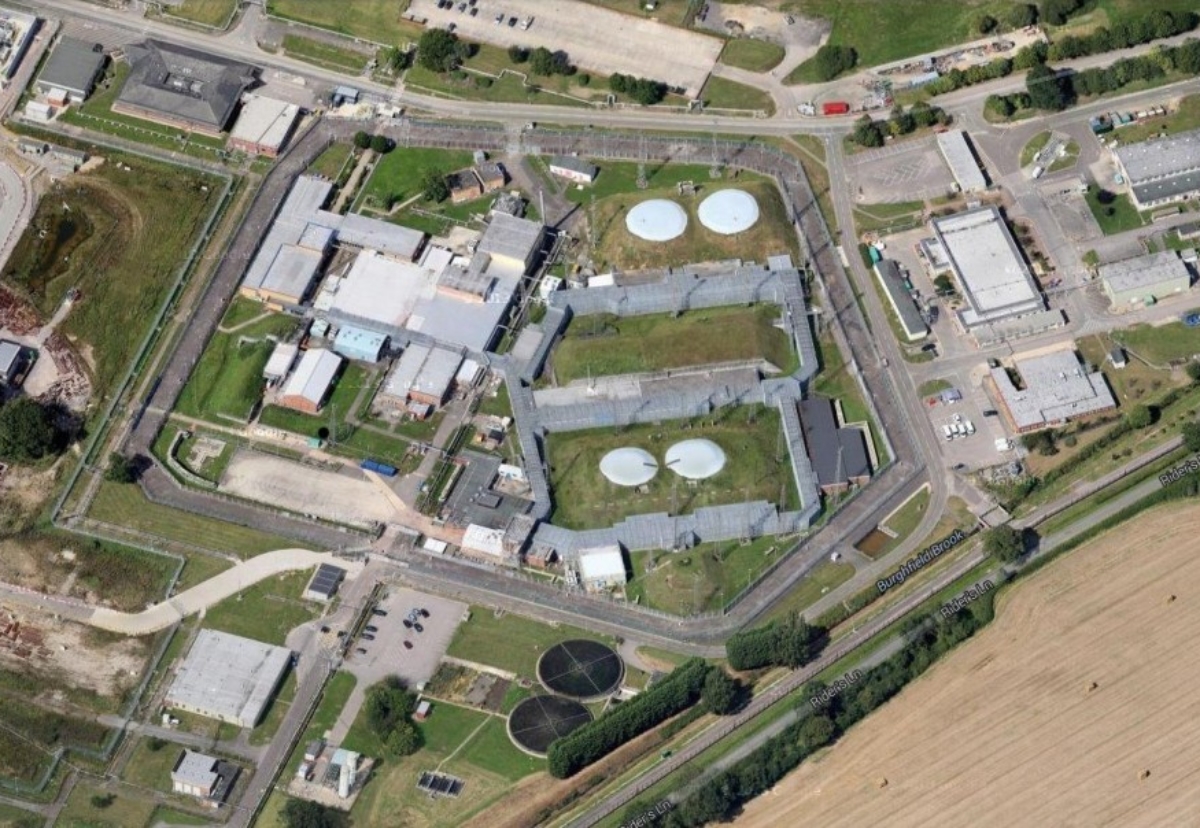



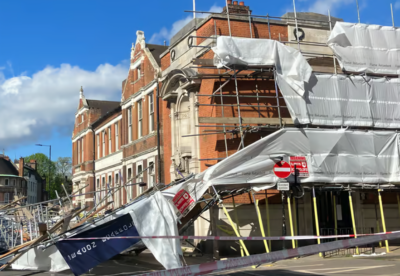
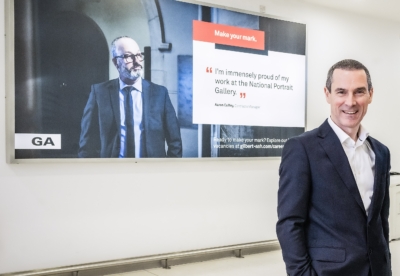
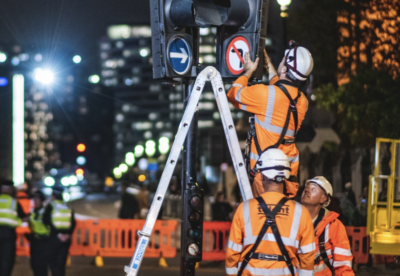




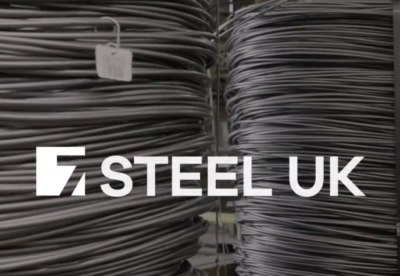




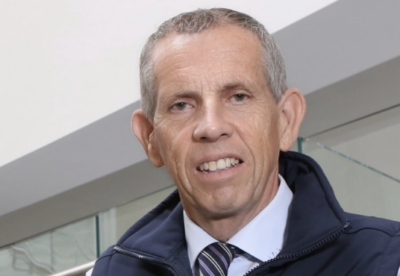
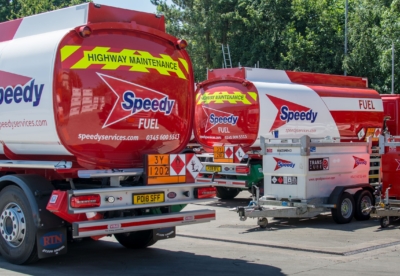






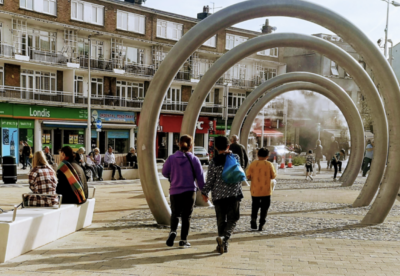


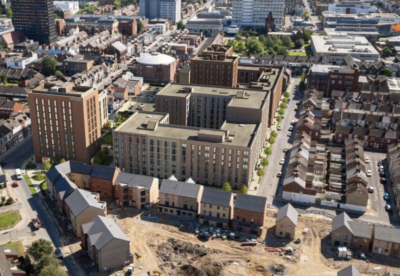

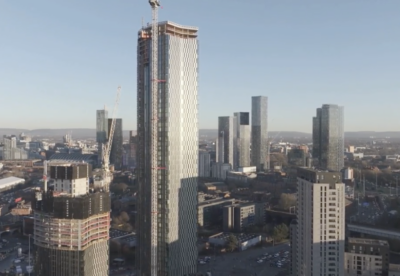





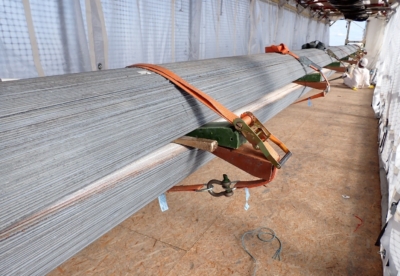





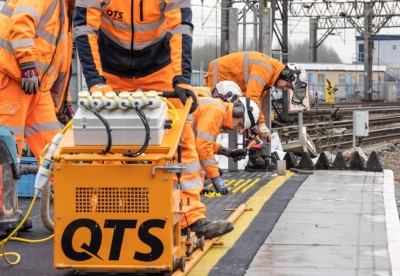
.gif)


 (300 x 250 px).jpg)


